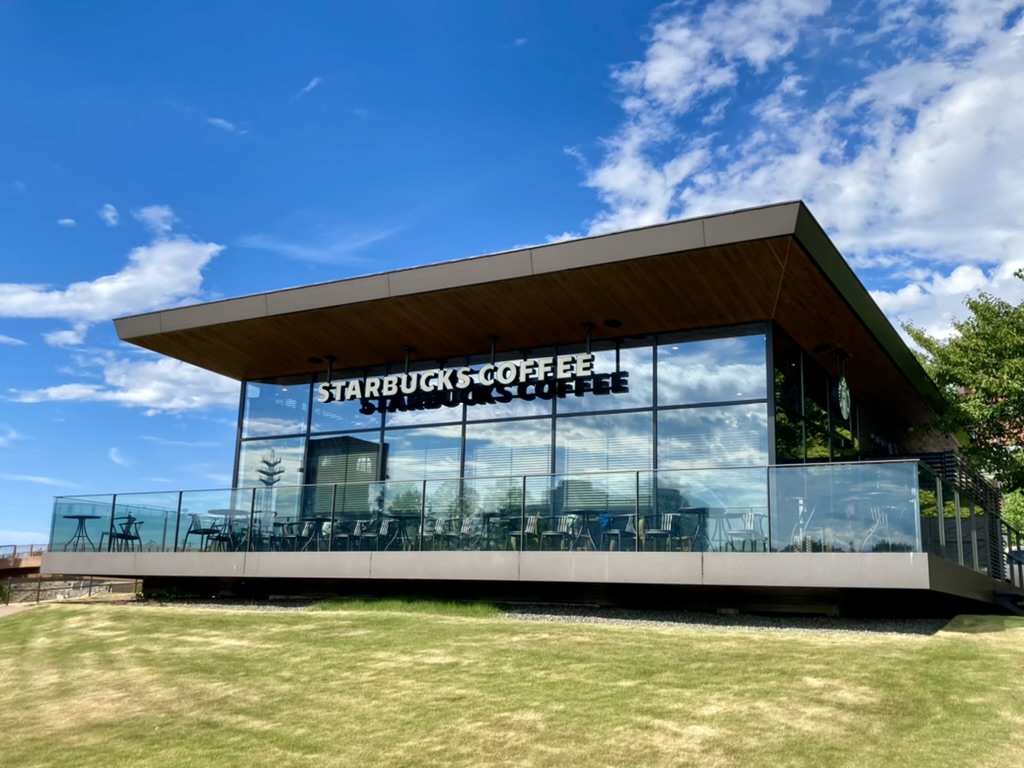Entry Strategy into the Japanese Market: Localization – Successes and Failures of Foreign Companies

Foreign Companies: Thriving and Struggling in the Japanese Market
The Japanese market presents a significant hurdle for foreign companies due to language barriers, distinct cultural norms, and practices. Among these challenges, some have succeeded upon entry while others have been forced to withdraw. In cases, the Japanese market yields higher revenues for successful foreign companies than their home countries. On the contrary, some globally renowned companies also count among those that have struggled or exited the Japanese market, as observed in the Fortune Global 500.
Among the successful foreign companies in the Japanese market are Apple, Amazon, Yahoo, Starbucks, McDonald’s, 7-Eleven, Goldman Sachs, Boston Consulting Group, and Aflac Life Insurance. These companies dominate domestic markets or hold a substantial share despite fierce competition.
However, some foreign companies have faced difficulties or withdrawn from the Japanese market, such as eBay, GM, Ford, Chrysler, Renault, Hyundai, Burger King, and Virgin Atlantic Airways.
The Key to Success: Localization in the Japanese Market
Success stories span diverse industries like IT, financial institutions, consulting, and restaurants. Some foreign companies, such as Google, Amazon, and Microsoft, entered markets with no direct local rivals, while others expanded their market share in competitive sectors.
A few companies succeeded through global strategies leveraging their early or technological advantages, similar to Apple, Google, and Microsoft. However, such instances are rare, and most companies succeeded by fitting into and localizing for the Japanese market.
Success Case 1: Starbucks
Starbucks opened its first store in Japan in 1996 and has since become the largest coffee chain in the country, growing its store count to the fourth-largest in the world. A key factor in Starbucks’ success lies in thorough research and localization. Prior to entering the Japanese market, they conducted user surveys targeting trend-sensitive, non-smoking women in their early thirties. At the time, Japan had a high smoking rate, and creating smoke-free cafes risked excluding male customers. However, this strategy succeeded, and smoke-free seating became standard, contributing to Starbucks’ store expansion. The target demographic from that time remains a segment that Starbucks continues to prioritize, in my personal opinion.
Starbucks significantly altered its product line to suit Japanese consumer preferences. Recognizing that Japanese people tend to prefer less sweet drinks compared to Americans, they developed beverages with restrained sweetness. Japan-original products like Matcha Latte and Hojicha Latte became bestsellers. Moreover, they downsized drink portions compared to those in America, introducing a size smaller than Tall, called Short, which has become a popular choice.
Their store designs also underwent localization. Stores in historically rich cities like Kyoto adopted designs that blend with the local ambiance, resulting in diverse, uniquely designed stores nationwide. By posting Japan-centric content on platforms like Twitter and Instagram, they’ve expanded their fan base and effectively utilized social media.
Success Case 2: Aflac Life Insurance
Aflac Life Insurance (American Family Life Insurance) is another company that pursued a distinctive route among competing firms and achieved success. Although it is a life insurance company based in Georgia, USA, it generates over 80% of its profits from the Japanese market. Aflac’s major focus lies in cancer insurance, where it holds a 70% share in the domestic market. Since its establishment in 1974, Aflac has primarily offered cancer insurance, a strategy that has sustained the company to this day.
While different life insurance companies employ various sales styles, Aflac opts for sales through agents instead of establishing its own sales network. This approach allows them to control fixed costs and execute business operations swiftly. Major Japanese life insurance companies have their sales networks, but if Aflac had adopted a similar strategy, its current growth might not have been possible. Additionally, a recent partnership with “Japan Post” enables them to sell cancer insurance through the postal service’s 20,000 branches.
Learning from Failures: The Importance of Market Research
Foreign companies thrive across various industries. However, the automotive industry seems to be facing ongoing challenges. Companies like GM, Ford, Renault, Citroën, Hyundai, among others, either withdrew from Japan or hold a smaller market share. The struggle for these companies is notably due to facing strong competition from mass-market automobile manufacturers like Toyota, Honda, Nissan, and others.
However, there are successes among foreign manufacturers such as Mercedes-Benz, BMW, Ferrari, Porsche, Tesla, and others. Even among foreign companies, there’s a differentiation in targeting consumers in a price range slightly above the segment dominated by Japanese automotive manufacturers. Residing in Minato, the area with the highest average income in Japan, the share of Benz, BMW, and Porsche vehicles is notably higher, giving a sense that they are more prevalent than Japanese cars. Toyota, despite offering high-priced models like Lexus, faces tough competition in this segment where foreign manufacturers were early entrants and have expanded their market share.
In contrast to luxury cars, companies like GM and Ford offer products more aligned with the mass-market segment, which is where Japan excels, leading to a struggle due to direct competition. A significant lesson from these failures is the importance of market research. Unless backed by a strong brand or technological advantage, triumphing over local competitors in foreign markets is challenging. This is especially true in industries with robust sectors like Japan’s automotive industry. In such cases, conducting segmentation and exhaustive consumer research can bring foreign companies closer to success in the Japanese market.
In Conclusion
While the automotive industry serves as an example of failure, similar lessons likely apply across other industries. As observed with Starbucks, localization starts with thorough research in the Japanese market and ideally begins before market entry.Thorough market research results in finding growth strategies in the Japanese market through localization, such as product development and implementation of marketing strategies.
At BizMOWA, we conduct research services specifically for foreign businesses interested in Japanese companies. We offer research on specific industries, companies within those sectors, and business models, aiming to facilitate your effective entry into the Japanese market.
If you need further assistance with your research, feel free to ask here.



